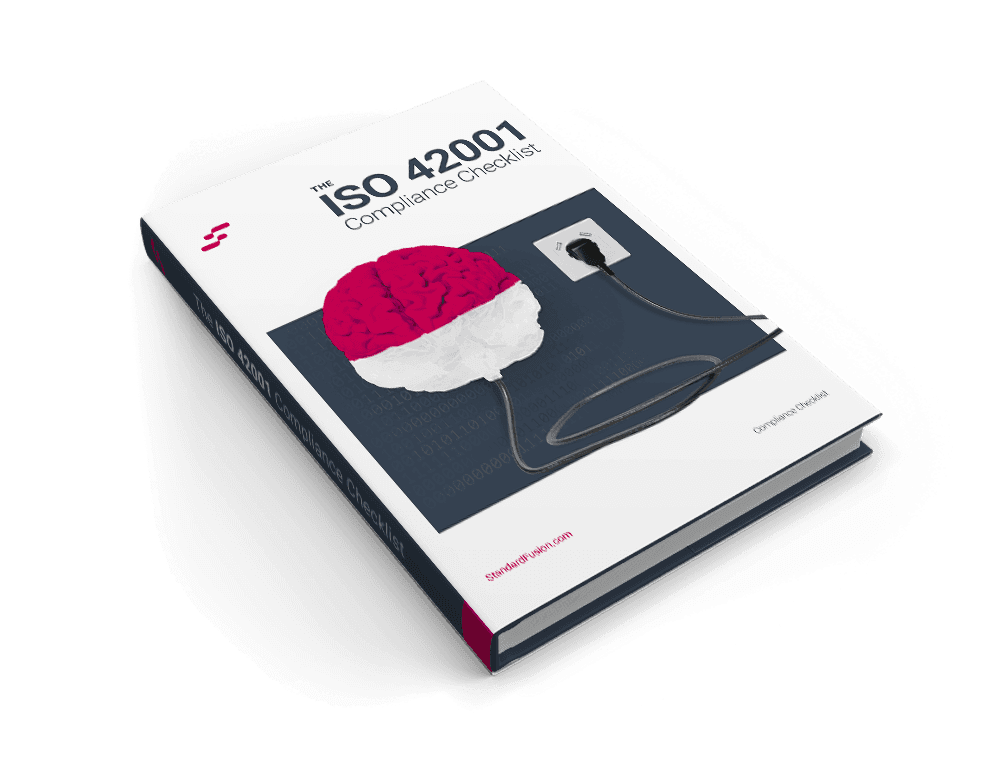Published on: Nov 21, 2020
Vendor and Third-Party Risk Management
Outsourcing business operations from vendors and third parties is the new norm. It not only saves organizations money but also increases their operational efficiency. Beyond this horizon however, vendors and third parties have risk attached to them. In this article we will cover different types of vendor risk and how to mitigate them.
What's the Difference Between Vendor and Third-Party Risk Management?
Vendor Risk Management (VRM) entails the process that organizations use to assure that vendor products do not lead to any type of loss. It involves assessing and vetting all partners, vendors, and suppliers to make sure they meet company expectations, and regulatory conditions. As part of the VRM process, these conditions along with any contractual obligations are specified and include information security and compliance requirements.
Third party risk management (TPRM), on the other hand, is concerned with risks that may arise from all external entities that an organization conducts business with, such as partners, government agencies and charities as well as all vendors. TPRM is an extension of VRM that can be applied to all external parties an organization interacts with.
Vendors and third parties typically pose various risks to organizations as they may have access to critical areas within the business including: business operations, finance & customer information, intellectual property, data, critical systems, and other enterprise information.
Types of Risks That Come From Third Parties?
Operational Risk
Is risk of loss resulting from sub-par or failed internal processes, people, and systems or from external events. For instance, a downed management system, a software vendor being hacked or natural disasters such as the recent pandemic all pose a significant risk to the supply chain.
Regulatory Risk
Is risk that arises from violations of laws, rules, or regulations or from noncompliance with internal policies or procedures. This risk exists when the products or operations of a vendor are not aligned with governing regulations or ethical standards.
Reputational Risk
Is risk that arises from negative public opinion. Dissatisfied clients, inappropriate interactions, bad recommendations, legal violations, and security breaches could all seriously harm an organization's reputation among its customers and competitors.
Strategic Risk
Is risk that can be created from adverse business decisions, or a failure to implement appropriate decisions in a way that aligns with the company's strategic goals.
Financial Risk
Risk that a vendor or third party could damage monetary gains. For example, the company could fail to meet revenue goals after a contractor manufactured a defective part
Existing Solutions for Mitigating & Managing Vendor Risk
For effective vendor risk mitigation and management, organizations require clear understanding of vendor risks. They also need to set up appropriate proactive measures and solutions. The common risk-based approach assesses the vendors and identifies potential threats and allows for oversights. Existing solutions include the following.
In-House Teams
Qualified personnel in an organization can undertake the process of vendor risk management. The personnel are responsible for implementing best practices for mitigating and managing the risks effectively. They can come up with a VRM program to evaluate, monitor and manage the risks. In addition, they should be able to do thorough planning, due diligence, vendor identification, monitoring, and assessment, contractual obligations, plan remediation process, among other implementations.
Software
Vendor risk management software speeds up the VRM process and can be part of or integrated with an organization's governance, risk, and compliance platform. VRM software improves operational efficiency as they identify threats faster and reduce risk exposure.
VRM tools help manage vendor risks by identifying, tracking, monitoring, mitigating, and providing insights in a real-time manner. The tools can also be used to confirm if the organization is compliant with regulations and policies. Generally, they are time and cost-effective due to automation.
Consultants
Outsourcing VRM can be beneficial as compared to using in-
house personnel. This can be the case especially when an organization's VRM has become complicated due to many vendors and regulatory requirements. Consultants provide a more cost-effective approach from their expertise. They can also increase an organization's VRM program efficiency. That said, organizations should keep in mind that consultants are third parties, and associated risks can erode their value.
Managing Vendors & Third Parties
Vendor and third-party risk management enables organizations to assess risk and protect themselves while meeting regulatory requirements. Undesired risk outcomes can lead to significant monetary loss and damage to an organization's reputation.
Effective risk management mitigates risks, improves decision making, protects assets, and optimizes operational efficiency for market competitiveness. What's more, it instils proper data management and improves cyber security capabilities within the organization.
If you need a solution to manage vendor and third-party risks, reach out to our team today and find out how StandardFusion simplifies the world of risk management and compliance.







